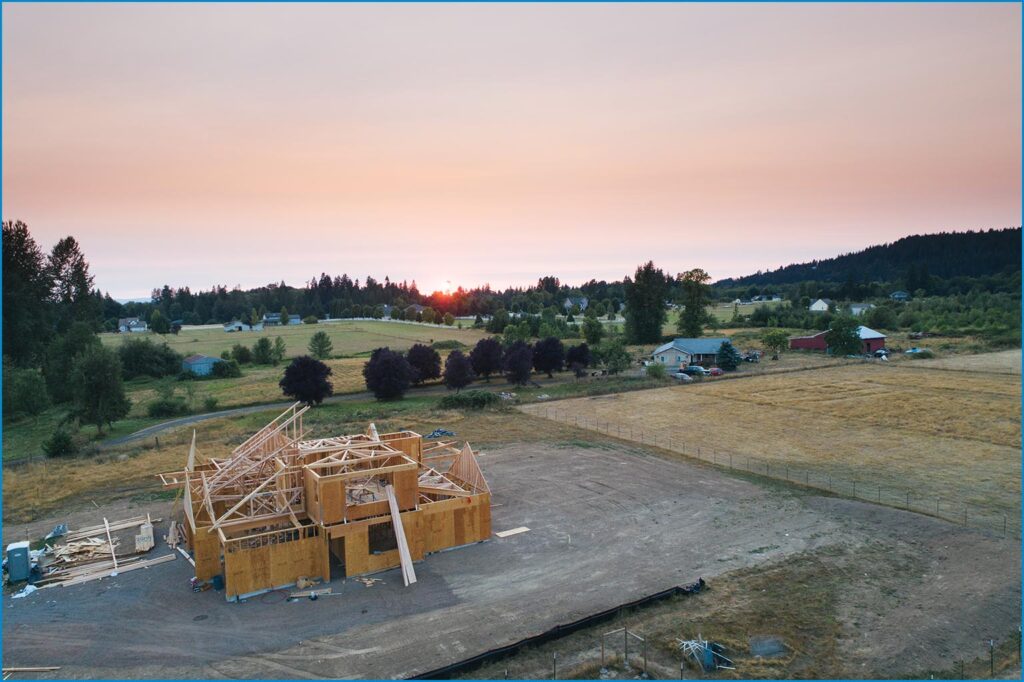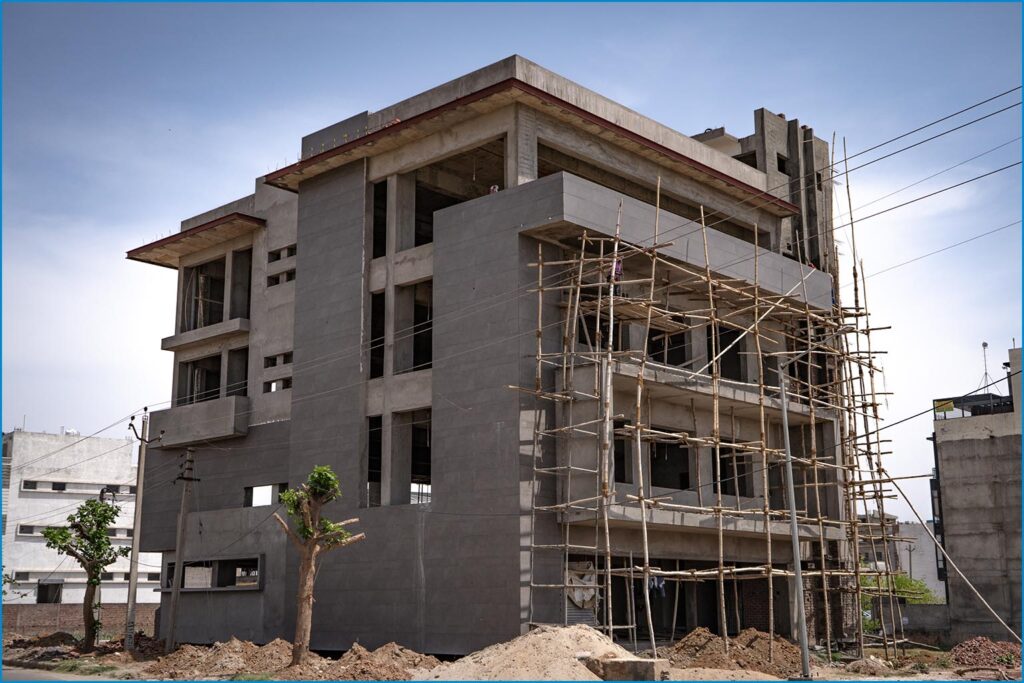Land Development is an investment strategy that many believe has one of the highest potential opportunity for returns, particularly if you are a passive investor. Most newer investors that choose to get involved with land development will do so in a passive role due to the complexities, risks and expertise required.

However, that doesn’t need to be the case if you are willing to take on some risk, can be patient with the process, are motivated to educate yourself, can work with other experts and service providers, and are willing to take some setbacks while you learn. As a new investor you likely won’t want to take on a major development, but even starting with purchasing land and building a single property for a specific purpose can be a great start to a land development strategy.
A more passive approach for the individual investor is to participate as a limited (passive partner) or as an investor as part of a syndication. This type of passive investment may require, depending on the structure of the partnership or syndication, that investors be accredited.
Another benefit of land development is that you can participate in this process throughout many stages of the lifecycle, getting in at a point you are comfortable, and exiting at a time that suits your risk tolerance, time horizon and profit goals. As you read through the stages below, do so with an understanding that you can get in, or out at many points along the way.
Land Development Process
It’s also important to go into land development knowing that the overall process can take significant time – measured in years, and sometimes even decades! Land development activities can take longer to get into, and longer to get out of your investment.
- Land development begins with the identification of “raw” land – or land that has not been improved upon for any purposes. As an investor you’ll use your judgment and knowledge of several factors to identify and acquire land that you believe has the potential to be improved and developed.
This may be land you see as suitable for single family residential housing, multi-family residential such as apartments, retail commercial space, industrial commercial space, or other purposes. You’ll consider many factors such as proximity to growing population centers, new businesses into an area that will drive the need for other development, accessibility to highways, etc. - Once potential land is identified, it’s imperative to do feasibility analysis and due diligence on that property to determine if it is suitable for the purpose you have in mind. This can be a lengthy process including working with government jurisdictions to understand zoning, availability of utilities and services, the suitability of the underlying ground for building, an environmental factor that could limit use, and a host of other factors that can vary by location and jurisdiction.
This step can take considerable time and effort, but it is crucial to determine if the land can be used in the way you intend and needs to be understood before you invest. - To move forward once you’ve purchased or otherwise have control of a property, you’ll need to go through formal approval processes – and there can be many different approvals required – to obtain the right to develop on the land. You’ll undertake significant planning, and have those proposed plans reviewed and approved, and likely you’ll need to make revisions. You may need to seek zoning adjustments for the approved use of the land. Again, this can be a time-consuming process and will require investment of time and money to gain the “entitlements” to develop the property. Completion of this step is a significant milestone in the development process, successful completion of this alone can add significant value to the land.
- Once entitlements are received and approved, you can then begin the process of obtaining the permits to begin the land development work.
You’ll need to get much deeper into the planning and design process to get gain approvals for permits, which requires much more detailed engineering and design work, coordination with governments/organizations that oversee things like road construction, water and sewer utilities, electric and gas utilities and more. Again, this will all take time and financial investment. - The construction and development process itself takes many steps and involves working with experts and service providers across several disciplines.
The construction process progress through many phases including rough grading of the land, installation of “wet” (sewer, water, etc.) utility services, “dry” (electrical, telecommunications, gas lines, etc.) utilities, making street improvements, installing walls and fencing, finish grading, concrete and flatwork, building structures, and landscaping.

Exit Strategies for Land Development
Once your development project is complete; you’ll then be faced with decisions on what you’ll do next with your investment.
You have many options such as leasing out the property – whether they are apartments, homes, commercial or industrial space which can provide you with ongoing revenue and income for as long as you wish to hold the property. This, of course, will mean you will need to shift your focus from developing to maintaining and operating your property. This can include managing and operating it yourself or hiring others to do that work for you.
Alternatively, you can exit the investment by selling to another buyer/investor and recoup your investment plus gains that you can use for other purposes. As mentioned previously, it’s also possible to exit your investment at any of those steps along the way as you have been adding value to the initial investment throughout the process and the property will likely be more attractive to other investors as you’ve added that value.
From another perspective, you could be that “other” investor and you could purchase the development project from others and take over development at any of the steps along the way.
Next> Private Lending

Dirt Rich. How One Ambitiously Lazy Geek Created Passive Income in Real Estate without Renters, Renovations and Rehabs
by Mark Podolsky

Making it in Real Estate. Starting Out as a Developer
by John McNellis

